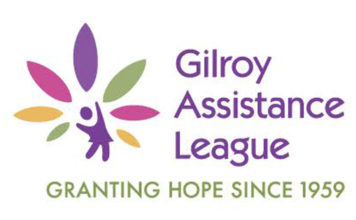U.S. Rep. Jimmy Panetta gathered Santa Clara County, City of San Jose and public health leaders together Jan. 24 for a discussion on the growing opioid epidemic.
“We know that there is no silver bullet solution here, and we need to take all aspects of the problem into account as we seek a solution,” Panetta said. “This is the type of difficult issue that requires an all-hands-on-deck approach.”
The panel included Panetta (CA-19), Santa Clara County Board of Supervisors President Susan Ellenberg, San Jose Mayor Matt Mahan, an addiction specialist from Kaiser Permanente, and experts and leaders from the county in the fields of law enforcement, public health and behavioral health.
County officials heeded Panetta’s call for information, first giving the congressman a rundown on what has been done including the declaration of a mental health crisis and the resulting strategic plan developed by the Behavioral Health Department; fentanyl awareness campaigns; widespread distribution of Naloxone; creation of harm reduction services; creation of CARE courts; a specialized response team for overdose deaths and more.
He also heard a host of suggestions for moving forward.
Undersheriff Ken Binder said that because drug deals are proliferating on social media, becoming the preferred transactional method among youth, legislation requiring involved companies to take action would be welcome.
“Companies know this is happening but they aren’t doing anything about it,” Binder said. “They know your use patterns, viewing patterns, politics, spending habits; don’t tell me they don’t know these deals are happening. It’s a hot potato for them to touch and they don’t want to—I would like to see legislative pressure to hold them accountable.”
County of Santa Clara Deputy Health Officer Dr. Sarah Rudman pointed out when mental health needs go unmet because of lack of resources, people may opt to self-medicate. She added that addiction is treated differently from other diseases, with assistance pulled if the client isn’t in 100% compliance with the program.
“If I have diabetes and I had a piece of cake last night, nobody says, ‘No insulin for you today, you failed the behavioral health component of treatment,’” Rudman said. “The way we structure addiction treatment right now doesn’t allow people to continue to have all levels of support unless they make every step of the way.”
Her colleague Dr. Cheryl Ho in the County’s Behavioral Health Services Department brought concerns to the table about incongruent and archaic federal privacy standards that don’t allow coordination of care, and suggested maintaining Covid-era telehealthcare prescription rules that make it easier to provide medication-aided therapy to the unhoused or those in unstable environments.
Board of Supervisors President Susan Ellenberg gave Panetta two things that can be done at the federal level.
“Currently, across our country when people are incarcerated their medical coverage is suspended; county general fund dollars are needed to pick that up,” Ellenberg said. “That is morally indefensible to cut people’s health insurance because they are in jail.”
Ellenberg said that at a cost of hundreds of dollars per individual per day, it adds up to tens of millions of dollars that could be used for preventive services.
Her second ask was regarding a federal limit on the construction of inpatient facilities for those with serious mental illnesses that allows for only 16 beds. California is currently seeking a waiver to this cap.
“Particularly in this county, building for only 16 beds is economically impossible,” Ellenberg said.
Panetta said it was his duty to take it back to Washington D.C. as a federal lawmaker. He stressed the need for continuing dialogue and praised the county’s ongoing efforts in public health.
“The county has always been a leader when it comes to responding to a crisis,” Panetta said. “We saw that during Covid and we’re seeing that now during the opioid crisis. We learn a lot from these conversations. The edict is we can’t stop here and have to continue these conversations until we come up with a solution to this ever-pressing problem.”













